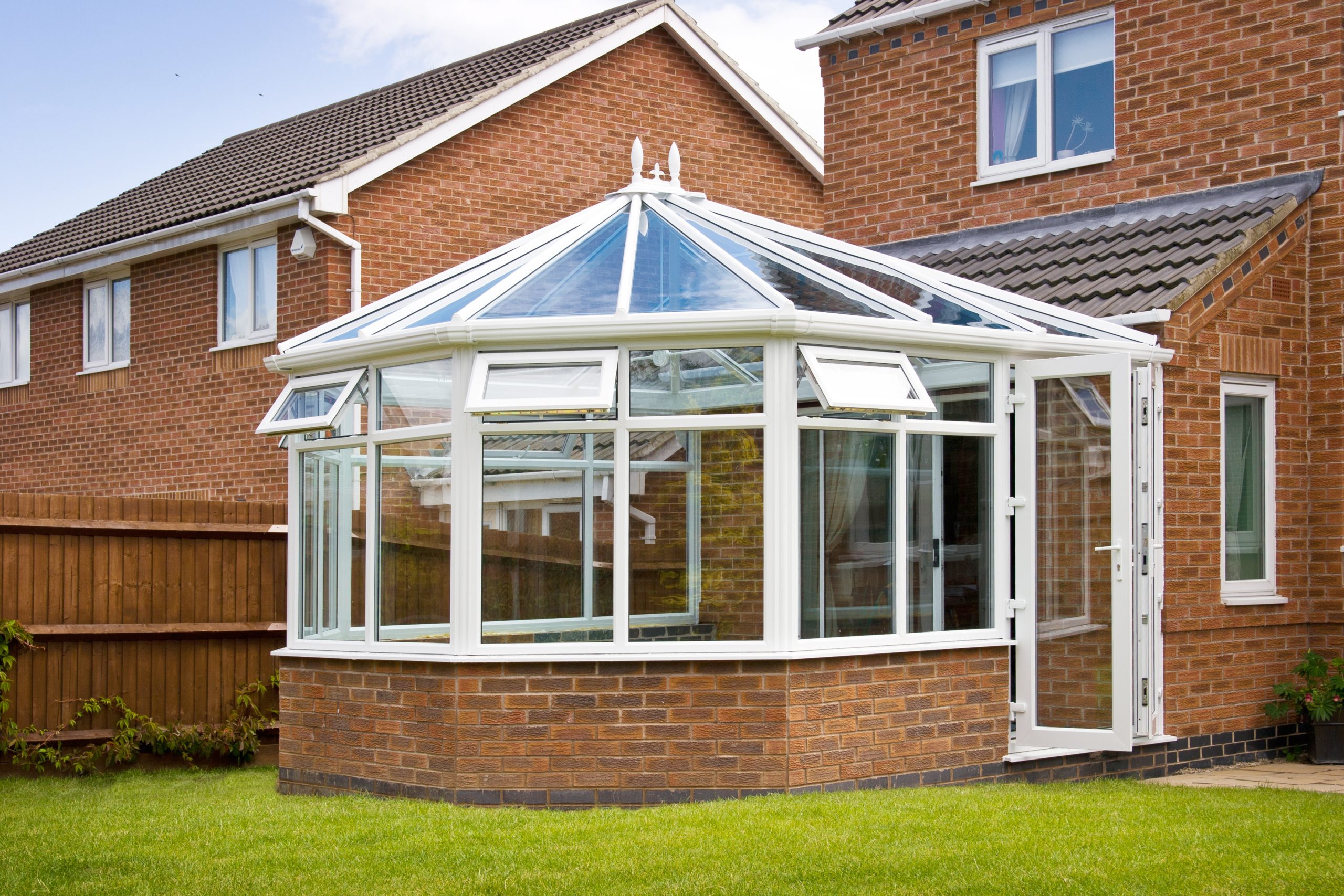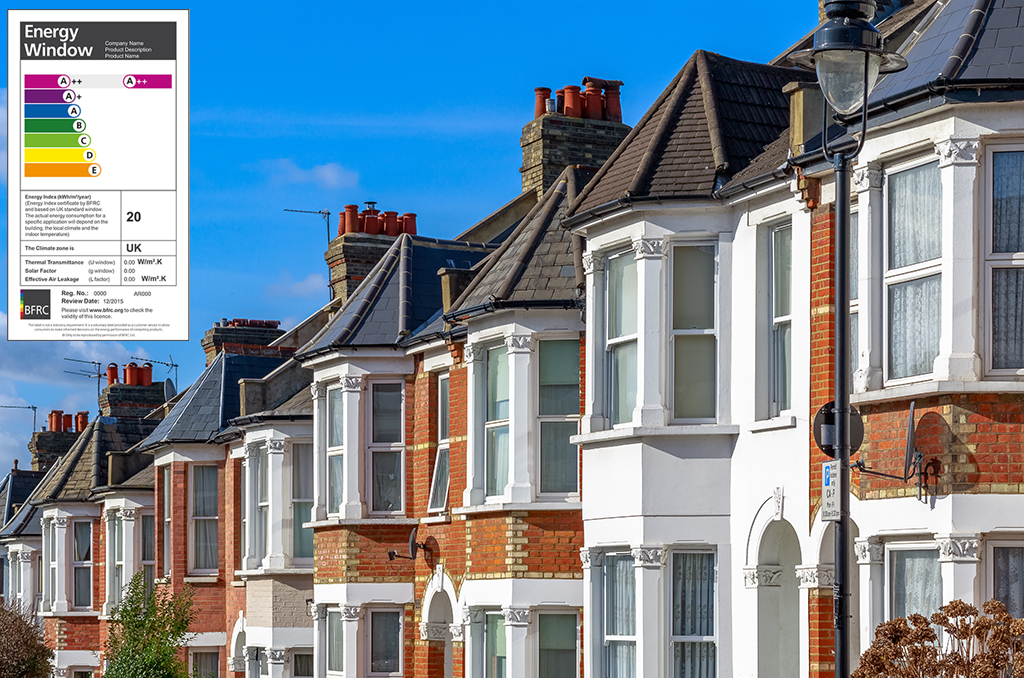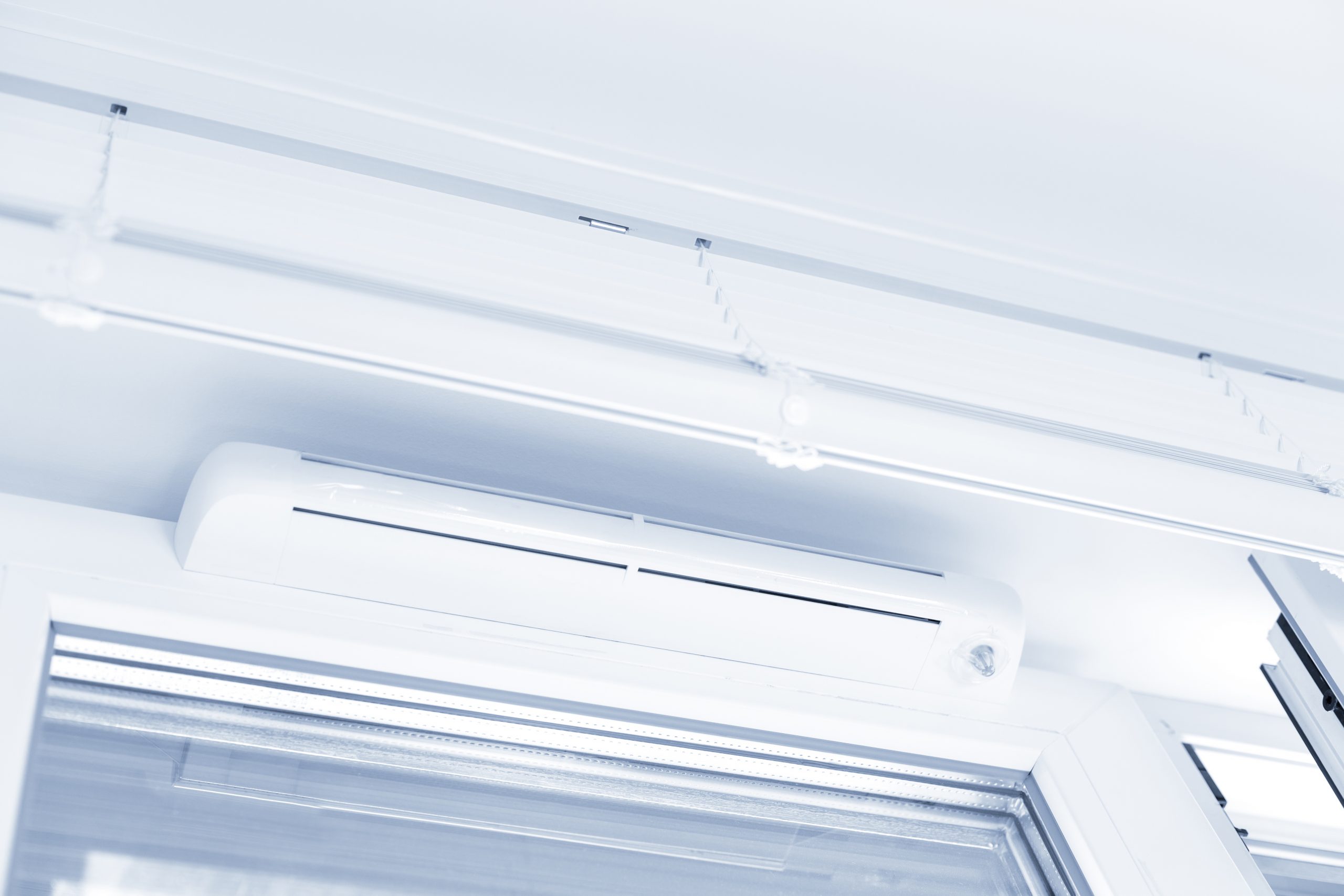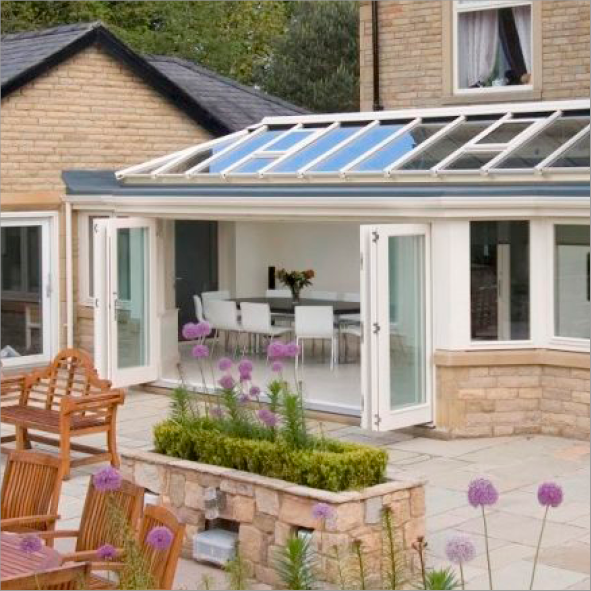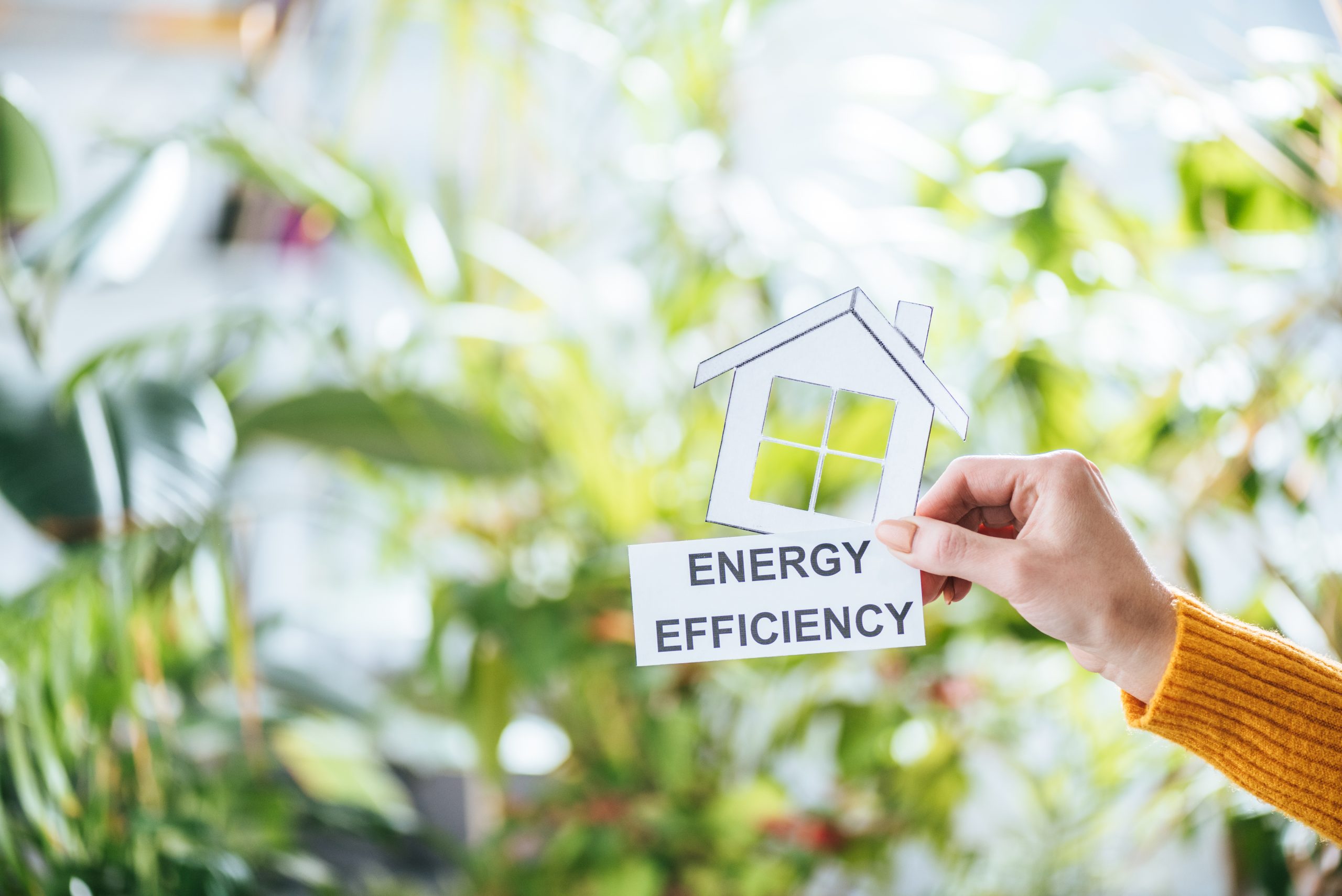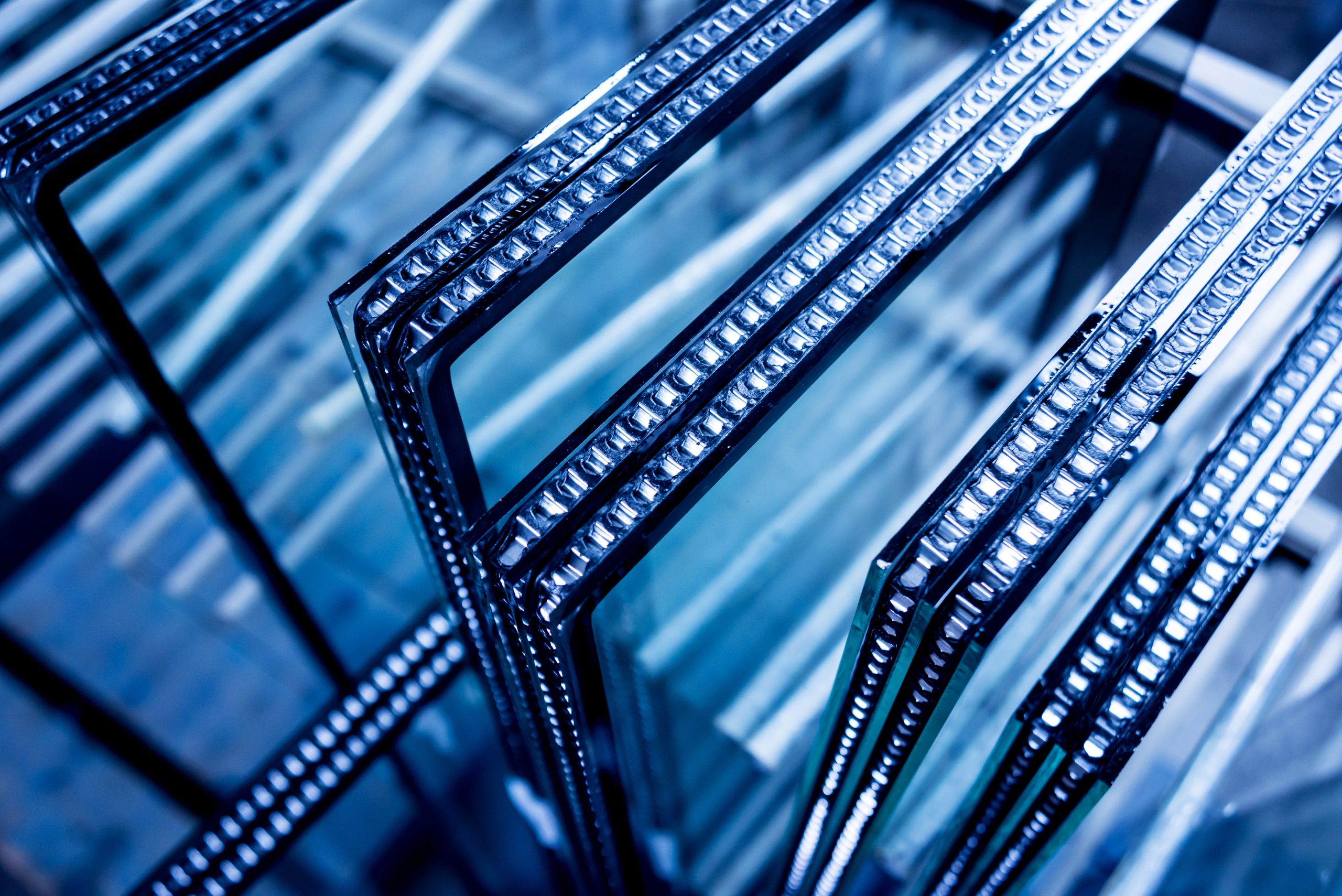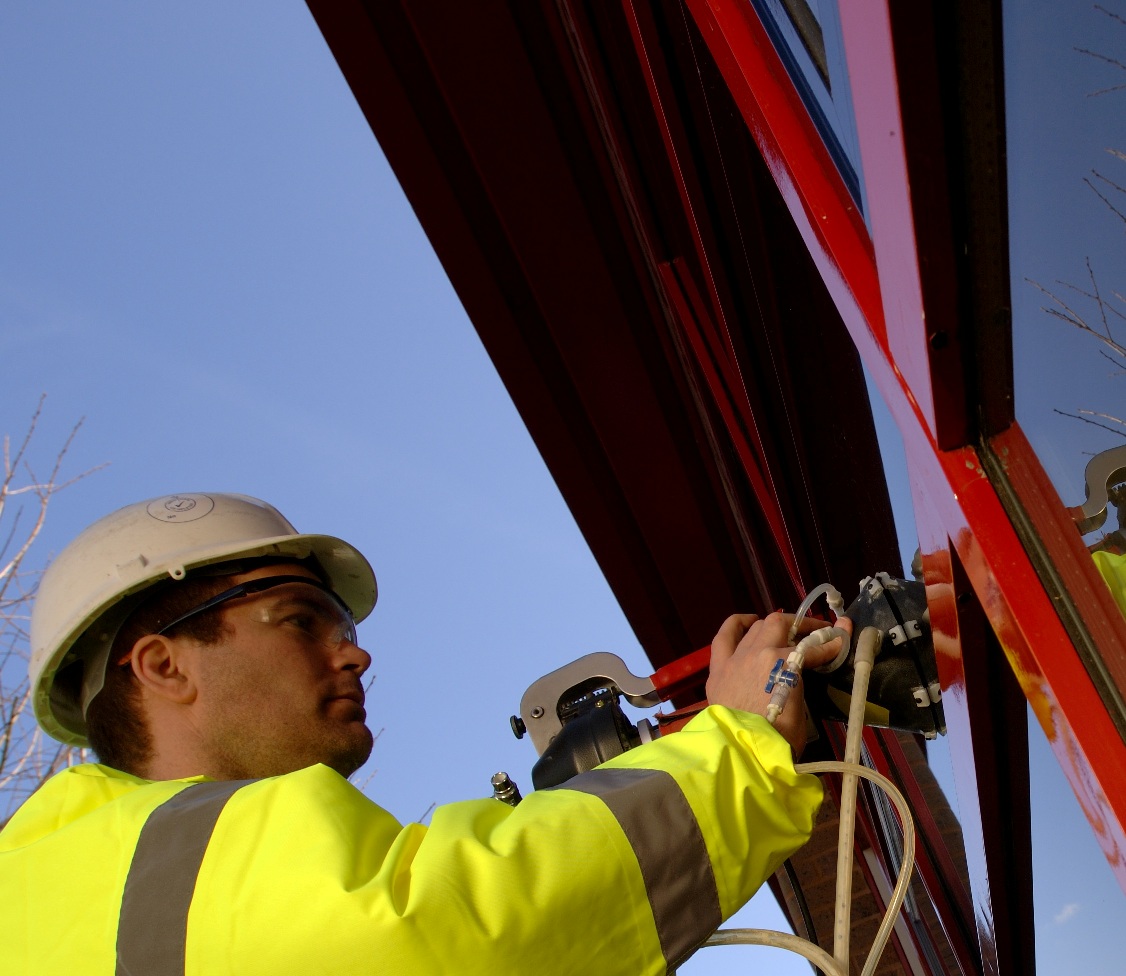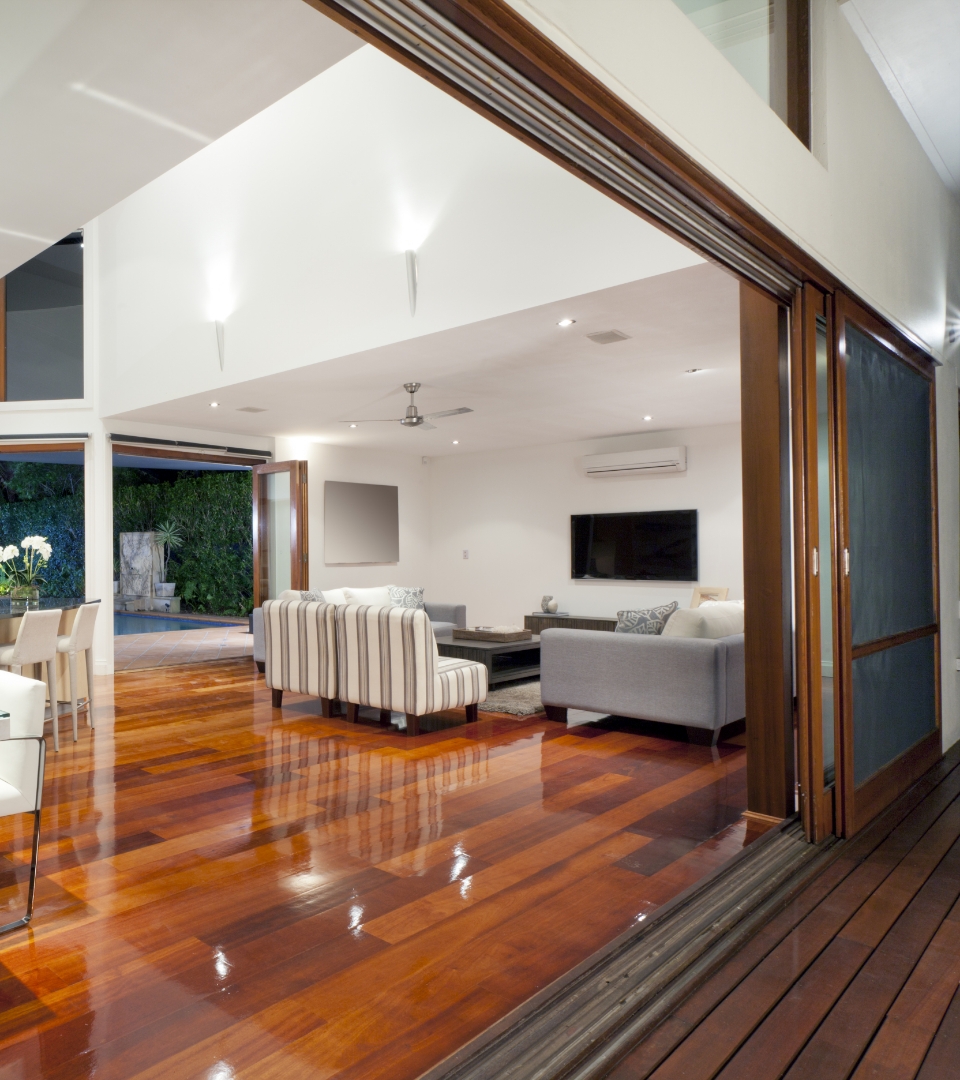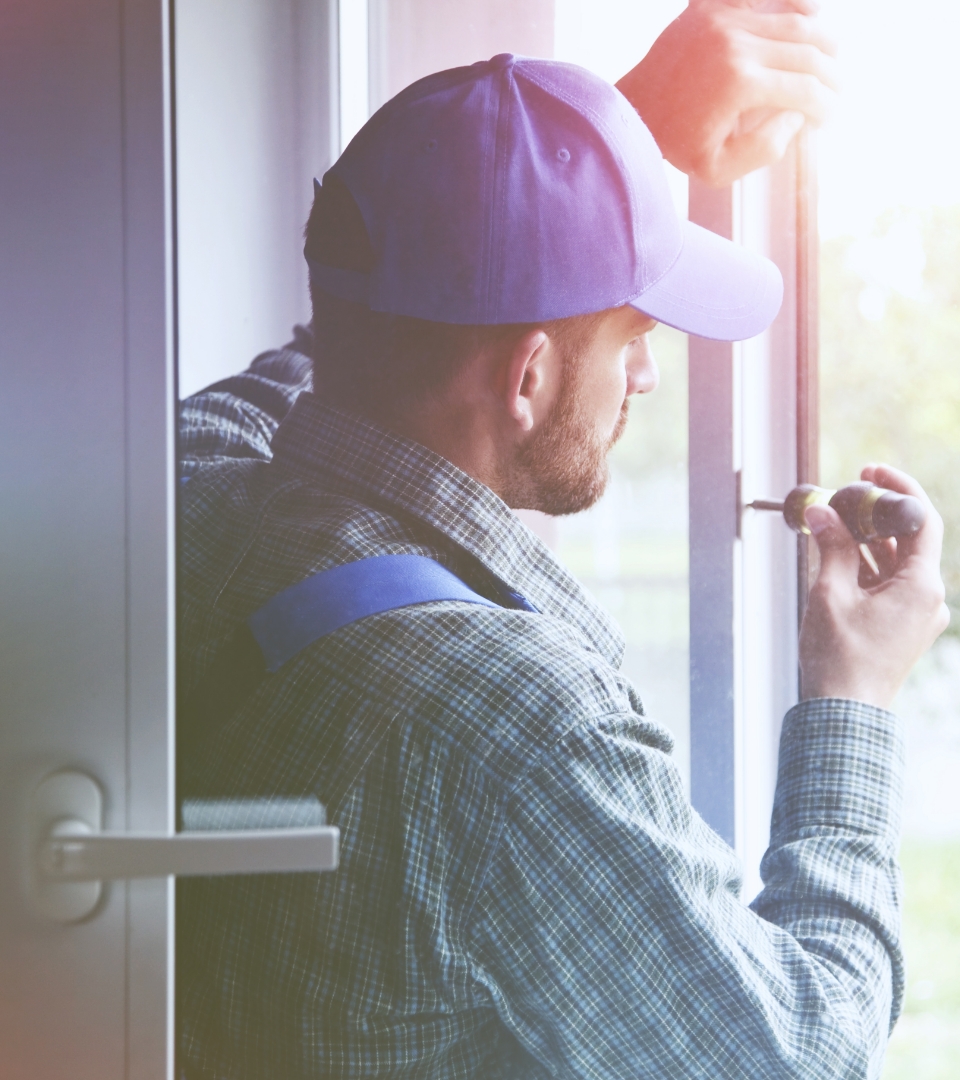Glazing improvements for the environment
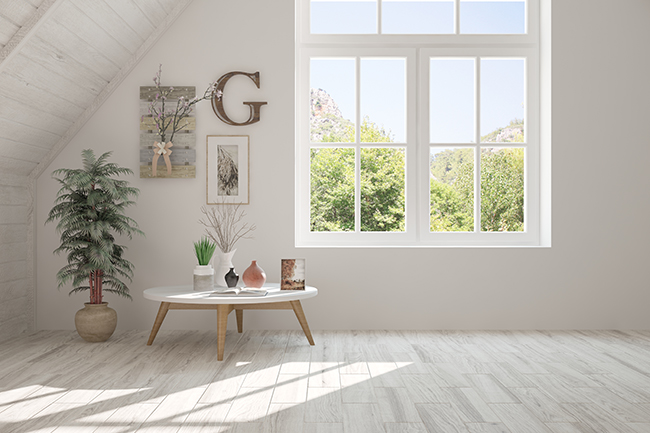

If you’re planning a home improvement there are various measures you can implement to make your home more energy-efficient, warmer and healthier. Making the right and smart decisions on home improvements can reduce your environmental footprint, cut down your energy bills and increase the value of your property. Research we recently commissioned revealed that 85% of UK homeowners will be scheduling work on their properties in the near future, with 19% exploring extensions or work to create more space, while 14% are looking to make a specific energy-efficient home improvement. Furthermore, 40% of homeowners and renters across the UK admit they wouldn’t view or buy a potential new home that didn’t have double or triple glazing, energy-efficient doors, insulation or low carbon heat.
Energy-efficient upgrades are no longer just a ‘nice to have,’ they can make a significant difference to the energy performance of a property and ultimately create large cost savings on household bills – especially if you decide on a whole house approach to improving your home’s efficiency.
The best home improvements to reduce your household’s environmental footprint include:
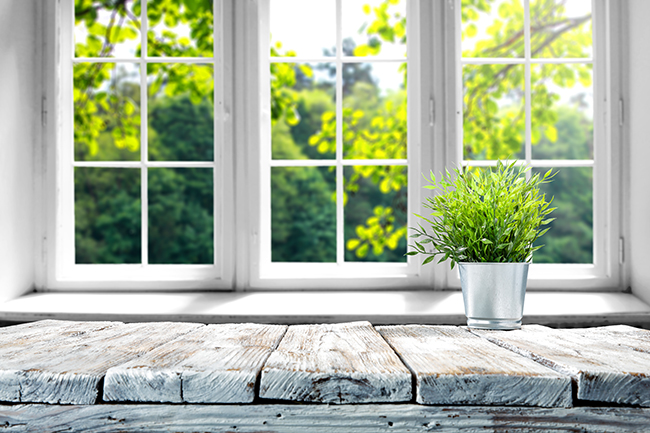
1. Energy-efficient glazing
If you’re planning renovations and want to increase your home’s energy efficiency, improve your lifestyle, save on energy bills and help the environment, installing energy-efficient windows is a must. Up to 24% of heat energy can escape from old, draughty glazing. When it comes to kitchens and bathrooms particularly, it’s also important to remember that these rooms typically have more moisture so you should ensure you have good ventilation. There are countless benefits to good home ventilation including reducing odours and water vapour from cooking, washing and bathing, as well as reducing condensation and mould which could also reduce damage to your décor and potential health problems for asthma and allergy sufferers. Good ventilation also ensures fresh air can enter your home, while stale air can escape to keep your indoor atmosphere healthier.
If your double or single glazing is more than 20 years old in other parts of your home, it is also unlikely to be as energy-efficient as modern glazing. As in the last 20 years advanced technological innovation has seen energy-efficient glazing significantly develop, from specialist glass types through to improved double and triple glazed windows and doors, which can save over 50% in fuel bills.
2. Energy-efficient doors
Thinking about investing in new external French, patio or bi-folding doors? When it comes to exterior doors, there are various different factors that could be impacting their environmentally friendliness. For instance, do your doors have modern glazing in them? Are they single, double or triple glazed? What materials (e.g., wood, plastic (UPVC), steel, aluminium or composite – a combination of materials) are the doors made from? Are your door frames sealed correctly? All of these factors have a significant effect on your household’s carbon footprint. Upgrading your older doors for newer, more energy-efficient alternatives can really reduce your energy consumption and bills.
It’s worth noting that homes can lose almost a quarter of their heat through inefficient windows and external doors, so installing high thermal performance doors can be a great way to reduce heat loss and keep the warmth in your home. By installing energy-efficient doors you can also improve your household’s environmental footprint and reduce your heating bills. In addition, thanks to modern technology they are also highly energy-efficient, and can now be double or triple glazed.
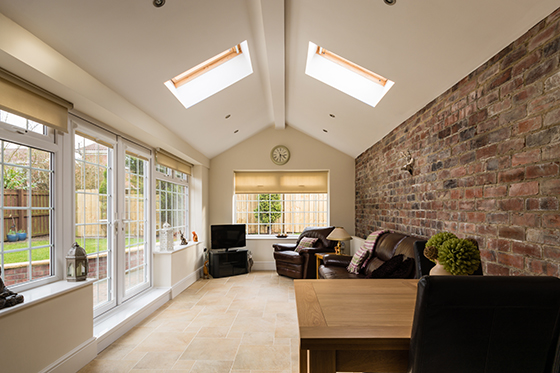
3. Insulation
If you’re planning to extend your home or convert your loft, insulation is a must – and is another popular route to make your home more energy-efficient. Insulation essentially reduces the exchange of heat (both gain and loss) through the surfaces of the property. From cavity wall insulation to loft insulation or underfloor insulation, there are a range of options available to ensure your home is cool in the summer and warm in the winter, reducing your carbon footprint and of course your energy bills all year round.
4. Low carbon heat
The use of oil/gas heating systems and hot water in our homes accounts for around 15% of the UK’s greenhouse gas (GHG) emissions, but there are ways to reduce your carbon footprint when it comes to heating your home. From air source heat pumps to water source heat pumps, there are various different low carbon heating avenues to explore to help your household contribute to tackling the climate crisis. Heat pumps are essentially an alternative to boilers and run off electricity (as opposed to gas) to heat your home/water. It’s also worth noting that they don’t produce carbon emissions while operating, unlike gas boilers.
When making the decision to improve your home to make it more energy-efficient, the key thing is to adopt a whole house approach. If you only opt to invest in one element, you won’t be getting the benefit of making your whole home energy-efficient. For example, it’s less beneficial to have loft insulation installed if your windows and doors are letting heat escape because they are old and leaky. Long term, the investment in improving your property will pay off if you have made sure that your whole house is well insulated and ventilated. Not only will you see a difference in your bills, but also in your overall health and wellbeing. By making smart home improvements you’ll also be helping to improve the environment for the future.
If you’re planning home improvements, here are some more helpful tips.

 Emergency Glaziers
Emergency Glaziers GGF Shop
GGF Shop MyGlazing.com
MyGlazing.com Find a GGF Member
Find a GGF Member